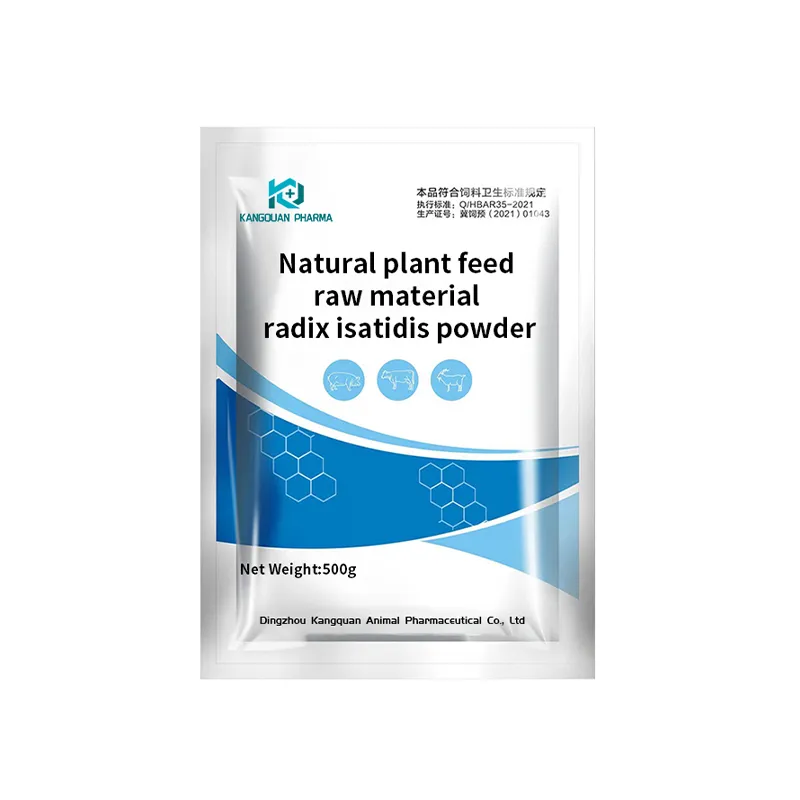- Afrikaans
- Albanian
- Amharic
- Arabic
- Armenian
- Azerbaijani
- Basque
- Belarusian
- Bengali
- Bosnian
- Bulgarian
- Catalan
- Cebuano
- Corsican
- Croatian
- Czech
- Danish
- Dutch
- English
- Esperanto
- Estonian
- Finnish
- French
- Frisian
- Galician
- Georgian
- German
- Greek
- Gujarati
- Haitian Creole
- hausa
- hawaiian
- Hebrew
- Hindi
- Miao
- Hungarian
- Icelandic
- igbo
- Indonesian
- irish
- Italian
- Japanese
- Javanese
- Kannada
- kazakh
- Khmer
- Rwandese
- Korean
- Kurdish
- Kyrgyz
- Lao
- Latin
- Latvian
- Lithuanian
- Luxembourgish
- Macedonian
- Malgashi
- Malay
- Malayalam
- Maltese
- Maori
- Marathi
- Mongolian
- Myanmar
- Nepali
- Norwegian
- Norwegian
- Occitan
- Pashto
- Persian
- Polish
- Portuguese
- Punjabi
- Romanian
- Russian
- Samoan
- Scottish Gaelic
- Serbian
- Sesotho
- Shona
- Sindhi
- Sinhala
- Slovak
- Slovenian
- Somali
- Spanish
- Sundanese
- Swahili
- Swedish
- Tagalog
- Tajik
- Tamil
- Tatar
- Telugu
- Thai
- Turkish
- Turkmen
- Ukrainian
- Urdu
- Uighur
- Uzbek
- Vietnamese
- Welsh
- Bantu
- Yiddish
- Yoruba
- Zulu
Nov . 11, 2024 04:45 Back to list
Oxytetracycline Injection Dosage Guidelines for Poultry Health Management
Oxytetracycline Injection Dosage for Chickens An Overview
The health of poultry is of paramount importance to farmers and veterinarians alike, and the management of diseases in chickens is crucial for the productivity and welfare of these birds. One of the widely used antibiotics for treating infections in chickens is oxytetracycline. This article will provide an overview of oxytetracycline injection dosages for chickens, along with important considerations for its use.
What is Oxytetracycline?
Oxytetracycline is a broad-spectrum antibiotic that belongs to the tetracycline class. It is effective against a variety of bacterial infections, including those caused by mycoplasma, chlamydia, and certain strains of E. coli and Salmonella. Because of its efficacy, oxytetracycline is commonly used in poultry medicine to treat respiratory diseases, enteritis, and other bacterial infections that can affect chicken health.
Indications for Use
Veterinarians may prescribe oxytetracycline for chickens in cases of respiratory illness, infectious synovitis, and other bacterial conditions. It can be particularly beneficial in crowded environments where stress and exposure to pathogens increase the likelihood of disease outbreaks. Despite its advantages, it is important to use antibiotics judiciously to reduce the risk of antibiotic resistance and ensure animal welfare.
Dosage Recommendations
The dosage of oxytetracycline can vary based on the specific condition being treated, the age of the chickens, and other factors such as weight and strain. However, general guidelines can provide a starting point for treatment.
oxytetracycline injection dosage for chickens

Typically, the recommended dose of oxytetracycline for chickens is approximately 20-25 mg/kg body weight per day when administered via injection. This dosage may be given as a single injection or split into two doses over a 24-hour period. For instance, if you have a chicken weighing 2 kg, the appropriate dose would range from 40 to 50 mg.
Intramuscular injection is the preferred route for administering oxytetracycline in chickens. It’s important to ensure that the injection technique is sterile to prevent infection at the injection site. In general, the injection should be administered in the breast muscle, which is the most accessible area for injection.
Duration of Treatment
The duration for which oxytetracycline is administered can depend on the severity of the infection and the response to treatment. A typical course of treatment can range from 3 to 5 days. However, continuous monitoring of the chickens’ health is crucial, and if symptoms persist after this period, further veterinary consultation may be necessary. It is vital not to exceed the recommended duration of treatment as this can contribute to resistance development.
Withdrawal Period
One of the essential considerations when using oxytetracycline is the withdrawal period. This is the time that must pass after the last treatment before the chickens can be slaughtered for meat or their eggs can be collected for human consumption. The withdrawal period for oxytetracycline in chickens is typically around 5 to 10 days, depending on the specific formulation used and the country’s regulations. Adhering to this guideline is critical to ensure food safety and compliance with agricultural regulations.
Conclusion
Oxytetracycline can be a valuable tool in managing bacterial infections in chickens, but it must be used responsibly. Understanding the appropriate dosage, injection methods, and adherence to withdrawal periods is vital for promoting animal welfare and ensuring food safety. Always consult a veterinarian before administering any medication to ensure that it is appropriate for the specific circumstances and health conditions of the birds in question. By taking these factors into account, poultry growers can effectively utilize oxytetracycline while minimizing risks associated with antibiotic use.
-
Guide to Oxytetracycline Injection
NewsMar.27,2025
-
Guide to Colistin Sulphate
NewsMar.27,2025
-
Gentamicin Sulfate: Uses, Price, And Key Information
NewsMar.27,2025
-
Enrofloxacin Injection: Uses, Price, And Supplier Information
NewsMar.27,2025
-
Dexamethasone Sodium Phosphate Injection: Uses, Price, And Key Information
NewsMar.27,2025
-
Albendazole Tablet: Uses, Dosage, Cost, And Key Information
NewsMar.27,2025













